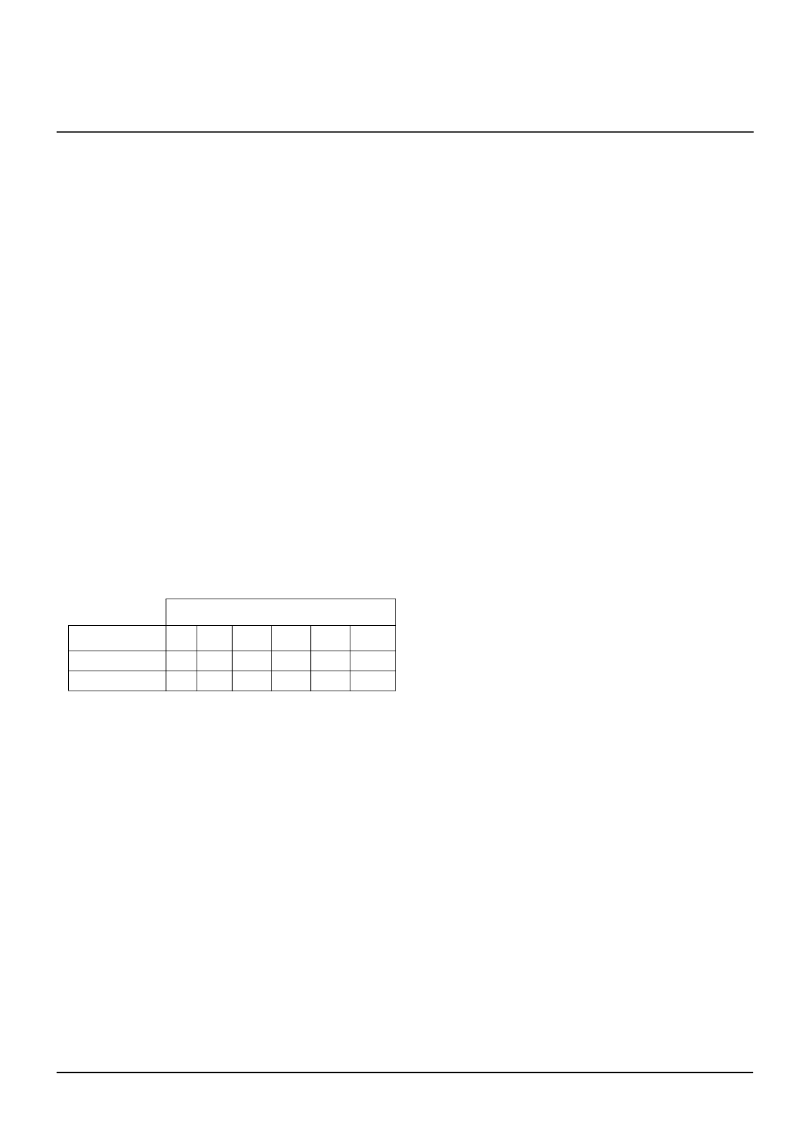- 您現(xiàn)在的位置:買(mǎi)賣(mài)IC網(wǎng) > PDF目錄377495 > IDTRC5000-180G (Integrated Device Technology, Inc.) MULTI-ISSUE 64-BIT MICROPROCESSOR PDF資料下載
參數(shù)資料
| 型號(hào): | IDTRC5000-180G |
| 廠商: | Integrated Device Technology, Inc. |
| 元件分類(lèi): | 64位微處理器 |
| 英文描述: | MULTI-ISSUE 64-BIT MICROPROCESSOR |
| 中文描述: | 多發(fā)行64位微處理器 |
| 文件頁(yè)數(shù): | 4/16頁(yè) |
| 文件大小: | 298K |
| 代理商: | IDTRC5000-180G |
第1頁(yè)第2頁(yè)第3頁(yè)當(dāng)前第4頁(yè)第5頁(yè)第6頁(yè)第7頁(yè)第8頁(yè)第9頁(yè)第10頁(yè)第11頁(yè)第12頁(yè)第13頁(yè)第14頁(yè)第15頁(yè)第16頁(yè)

IDT RC5000
COMMERCIAL TEMPERATURE RANGE
4
The RC5000 utilizes an all-aluminum package with
the die attached to a normal copper lead frame mounted
to the aluminum casing. Due to the heat-spreading effect
of the aluminum, the package allows for an efficient
thermal transfer between the die and the case. The
aluminum offers less internal resistance from one end of
the package to the other, reducing the temperature
gradient across the package and therefore presenting a
greater area for convection and conduction to the PCB for
a given temperature. Even nominal amounts of airflow will
dramatically reduce the junction temperature of the die,
resulting in cooler operation.
The RC5000 is guaranteed in a case temperature
range of 0
°
to +85
°
C. The type of package, speed
(power) of the device, and airflow conditions affect the
equivalent ambient temperature conditions that will meet
this specification.
The equivalent allowable ambient temperature, T
A
,
can be calculated using the thermal resistance from case
to ambient (
CA
) of the given package. The following
equation relates ambient and case temperatures:
T
A
= T
C
- P *
CA
where P is the maximum power consumption at hot
temperature, calculated by using the maximum I
CC
speci-
fication for the device. Typical values for
CA
at various
airflows are shown in Table 1.
Table 1. Thermal Resistance (
CA) at Various Airflows
Note:
The RC5000 implements advanced power
management to substantially reduce the average power
dissipation of the device. This operation is described in
the IDT79RV5000 RISC Microprocessor Reference
Manual.
CA
Airflow (ft/min)
0
200
400
600
800
1000
PGA
16
7
5
3
2.5
2
BGA
14
6
4
3
2.5
2
DATA SHEET REVISION HISTORY
Changes to version dated January 1996:
Pin Description section:
- Corrected pin list for Clock/Control, Initialization,
and Secondary Cache interfaces.
Advance Pin-Out section:
- Changed pins AA19 and AA21 from Vcc to Vss.
Changes to version dated March 1997:
- Upgraded data sheet status from “Preliminary” to
Final.
- Added section on thermal considerations
- Added section on absolute maximum ratings
Changes to version dated June 1997:
- Revised Power Consumption and System Interface
Parameters
Changes to version dated September 1997:
- Added user notation on Boot Mode Bits 20 and 33
for 200 MHz frequency
Changes to version dated June 1998:
- Added 250 MHz; changed naming conventions
相關(guān)PDF資料 |
PDF描述 |
|---|---|
| IDTRC5000-200BS | MULTI-ISSUE 64-BIT MICROPROCESSOR |
| IDTRC5000-200G | MULTI-ISSUE 64-BIT MICROPROCESSOR |
| IDTRC5000-250BS | MULTI-ISSUE 64-BIT MICROPROCESSOR |
| IDTRC5000-250G | MULTI-ISSUE 64-BIT MICROPROCESSOR |
| IDTVS330 | LOW ON-RESISTANCE WIDEBAND/VIDEO QUAD 2-CH |
相關(guān)代理商/技術(shù)參數(shù) |
參數(shù)描述 |
|---|---|
| IDTRC5000-200BS | 制造商:IDT 制造商全稱(chēng):Integrated Device Technology 功能描述:MULTI-ISSUE 64-BIT MICROPROCESSOR |
| IDTRC5000-200G | 制造商:IDT 制造商全稱(chēng):Integrated Device Technology 功能描述:MULTI-ISSUE 64-BIT MICROPROCESSOR |
| IDTRC5000-250BS | 制造商:IDT 制造商全稱(chēng):Integrated Device Technology 功能描述:MULTI-ISSUE 64-BIT MICROPROCESSOR |
| IDTRC5000-250G | 制造商:IDT 制造商全稱(chēng):Integrated Device Technology 功能描述:MULTI-ISSUE 64-BIT MICROPROCESSOR |
| IDTSAM1600A0IB2 | 制造商:Integrated Device Technology Inc 功能描述:IC BEAMFORMER ARRAY 16CH 196BGA |
發(fā)布緊急采購(gòu),3分鐘左右您將得到回復(fù)。